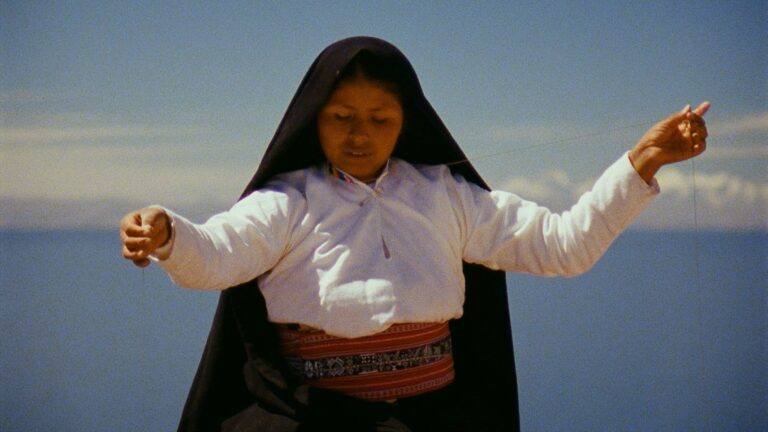
Thread Lines, with its impressive roster of artists, offered a first take on the relationship between fiber art and drawing.
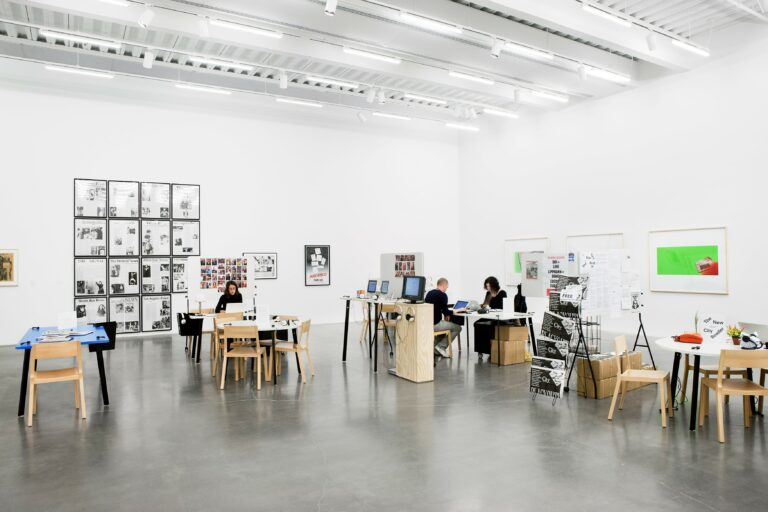
Alfredo Cramerotti’s book Aesthetic Journalism: How to Inform without Informing (2007) explores the relationship between contemporary art and documentary journalism, challenging established definitions of each. This blurring of the margins between art and journalism Cramerotti terms Aesthetic Journalism, a strain of contemporary art in which artists using the tools and methodologies of investigative journalism — archival and field research, interviewing, documentary and narrative storytelling, surveys, infographics and other display formats — offer alternative views of reality, political and otherwise, than those presented by mainstream media.
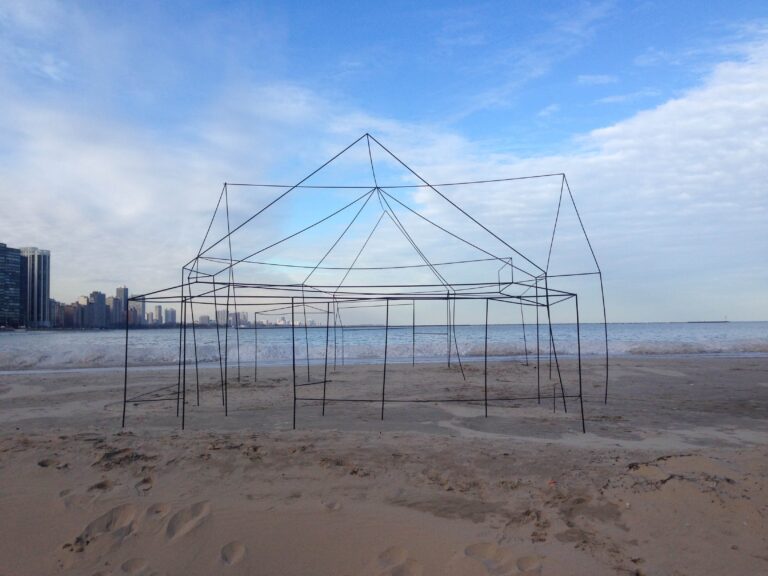
The Chicago Architecture Biennial (CAB), the city’s first international survey of contemporary architecture, has come to a close. Writing this as a postscript, I am uncertain about what the impact of CAB is or what it really means; thus what follows are some reflections on those projects and issues that, in retrospect, still resonant with me. No doubt it was a coup for the city’s tourism and institutional players. According to press materials just released by CAB organizers, over a half-million visitors attended the biennial across its various sites, the main hub being the Chicago Cultural Center.
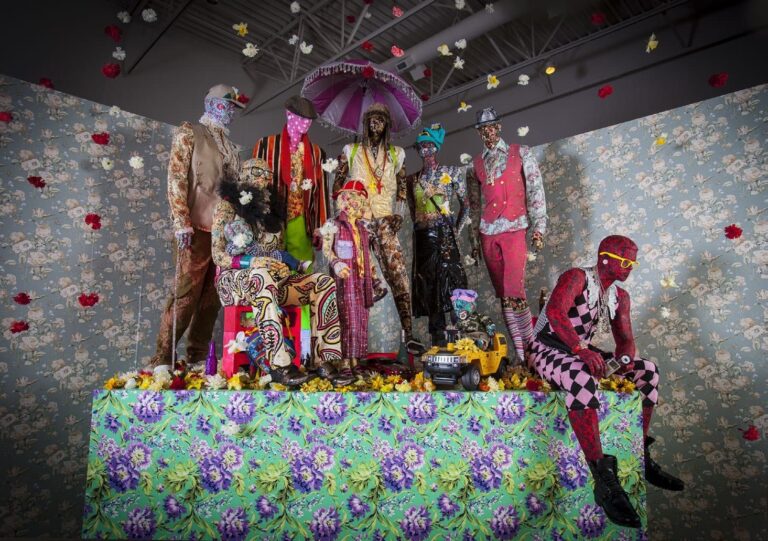
Toward Textiles sets out to reclaim fiber art from disciplines of mainstream contemporary art that have appropriated, and perhaps misappropriated, material-based practices. As such, it attempts to deliver fiber art back to the realm of the physical and the experiential.
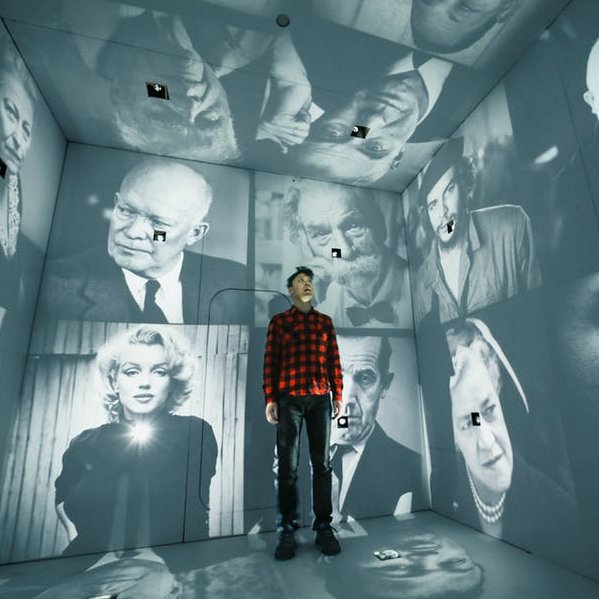
The following interview is a composite dialogue, a textual collage that combines passages from a conversation between designer and architect Ken Isaacs and myself that took place on September 9, 2014, in Granger, Indiana, and excerpts from the Isaacs's own writings and other interviews.
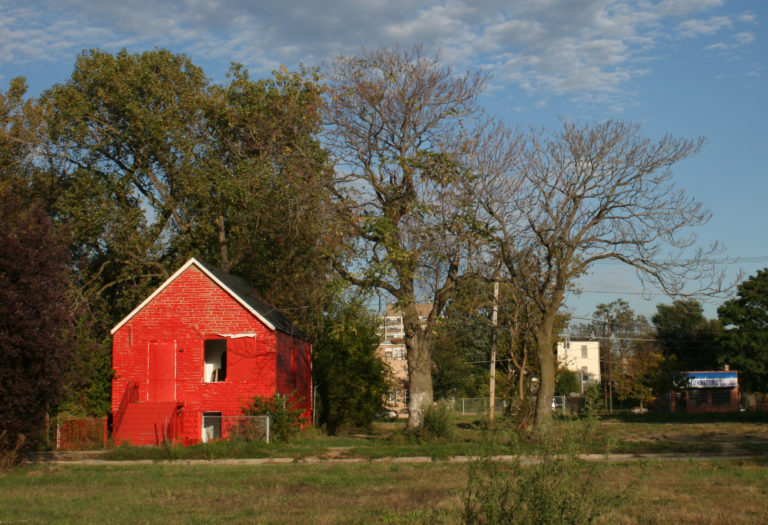
Although my critical practice has not been as deeply engaged with painting as other disciplines (albeit with some exceptions), I’ve been thinking a lot lately about its political potential outside of such lineages as History Painting (whether Delacroix or Kerry James Marshall) or the modern mural movement. Thus, I’ve been looking at painting projects that directly intervene into the contemporary social landscape – rather than represent it – performing an urban archeology that acts as a catalyst for change, while reinvesting the medium with political meaning.
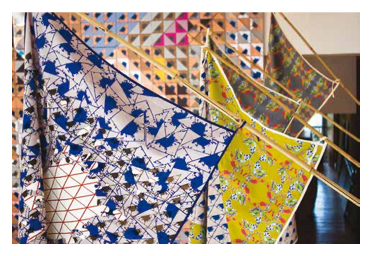
Hardline feminism and cottage industry craft, in particular textiles, are employed or rather deployed throughout the works on view, installed en masse to emulate a makeshift agora or meeting space that exists in a not-so-distant future.
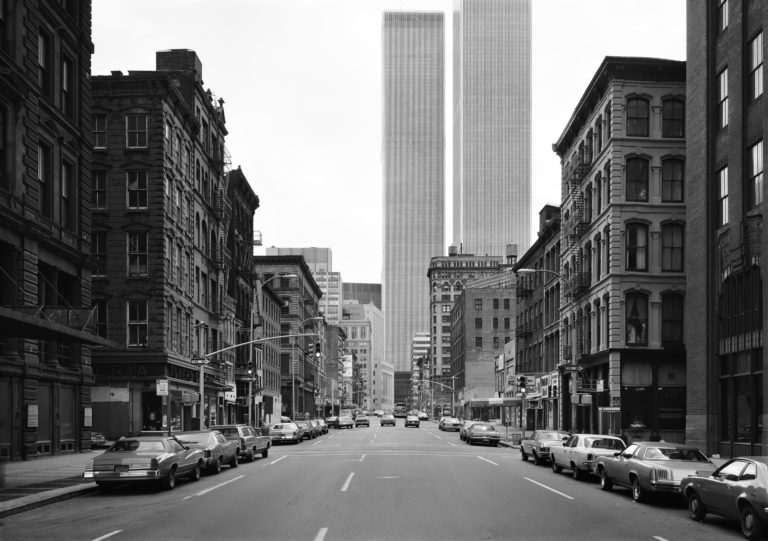
At a time when my own thoughts about what role art and artists play in meeting the challenges of contemporary urban life have been reawakened, the exhibition “City Lost & Found: Capturing New York, Chicago and Los Angeles, 1960-1980,” recently on view at the Art Institute of Chicago and now at the Princeton University Art Museum, seemed rather fortunate. This seminal piece of scholarship (curated by Katherine A. Bussard, Alison Fisher and Greg Foster-Rice) gathered images and documentary materials by artists, journalists, filmmakers, architects, and urban planners that together showed the convergence of creative ideas and urban practices that sought to transform these American cities during the political years of the sixties and seventies.
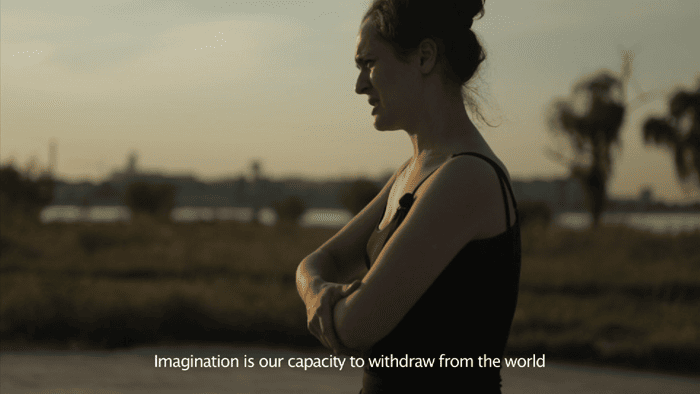
Throughout her practice that spans video, film, performance and installation, Irina Botea appropriates the instruments of mediation that shape the politics of memory to reconfigure the way history frames our contemporary consciousness.

The evocative works in Irena Knezevic’s exhibition “Night of the World” belie the horrifying narrative from which they unfold.
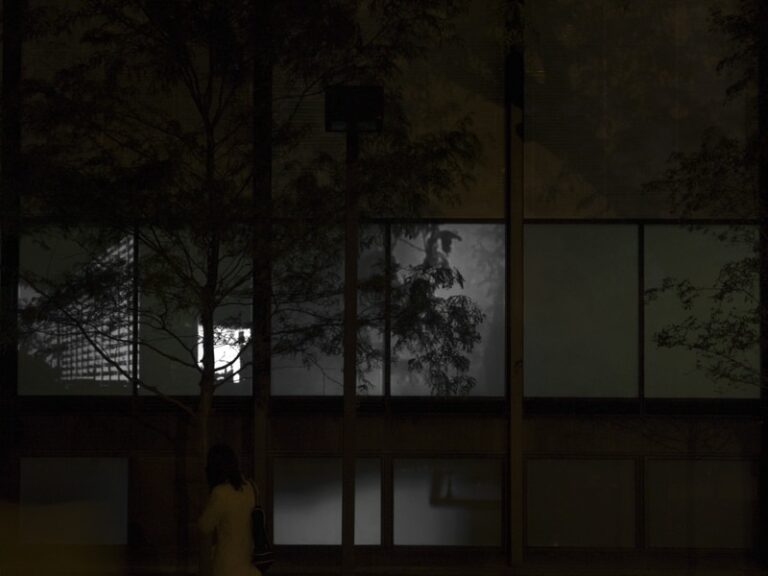
At the core of Jan Tichy’s multimedia practice is an investigation of the protean and plastic properties of light, an exploration grounded in the history of photography and by extension film and video. For Tichy, light is a medium of infinite possibility and a means for making visible the hidden histories of his chosen sites, whether a traditional gallery, a public housing complex, or a museum collection.
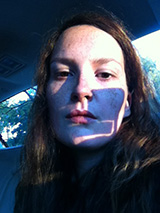
Irena Knezevic (born Serbia, 1982) is an artist who works in various media, including prints, ceramics, sculpture, video, music, and architecture. Her work often addresses issues related to the political and cultural history of her native Serbia.












